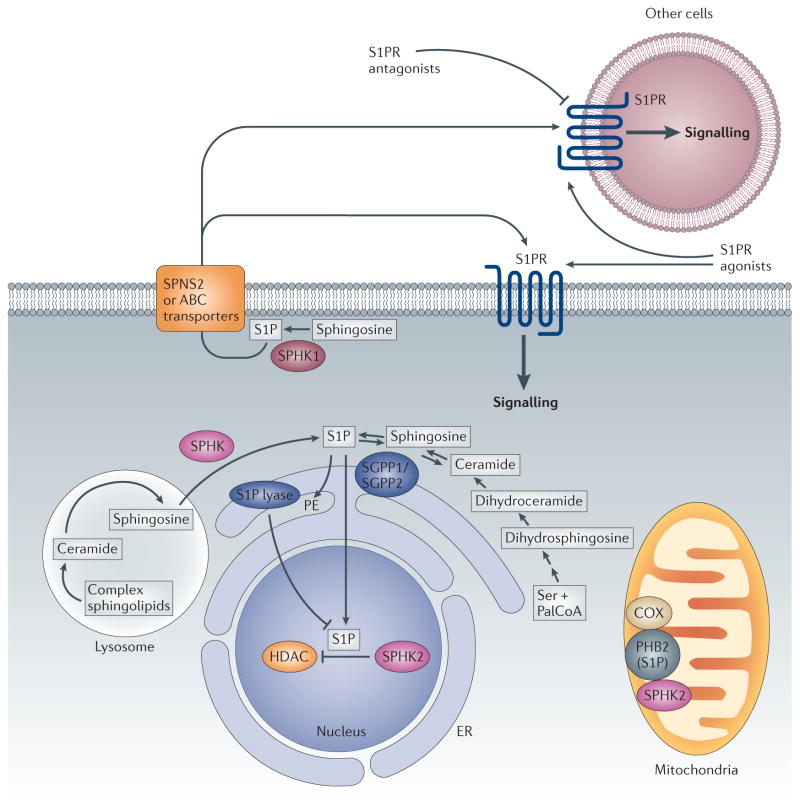Figure 1. S1P biosynthesis, degradation, export and signalling.
Sphingosine, the substrate of sphingosine kinases (SPHKs), is not generated de novo but through the degradation of complex sphingolipids and ceramide, which can occur in the lysosome as well as on the endoplasmic reticulum (ER) and other membranes. SPHK1 is mainly located in the cytosol and is translocated to the plasma membrane upon activation. This leads to the formation of sphingosine-1-phosphate (S1P), which can be exported out of the cell by specific transporters. Binding to S1P receptors (S1PRs) initiates downstream signalling pathways. SPHK2 is localized to the ER, mitochondria and nucleus. At the ER, S1P is irreversibly degraded by S1P lyase or dephosphorylated by S1P phosphatases to sphingosine, which is reused for the synthesis of ceramide. S1P produced in the mitochondria and nucleus by SPHK2 also has direct intracellular targets. These include prohibitin 2 (PHB2), which stabilizes cytochrome c oxidase (COX), and histone deacetylases (HDACs), which remove acetyl groups from histones. ABC, ATP-binding cassette; PalCoA, palmitoyl-CoA; PE, phosphoethanolamine; SGPP1, S1P phosphatase 1; SGPP2, S1P phosphatase 2.

